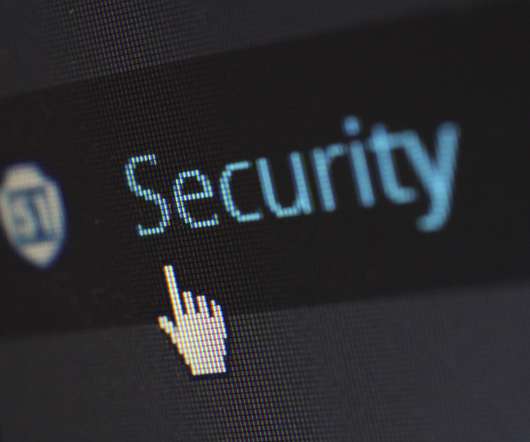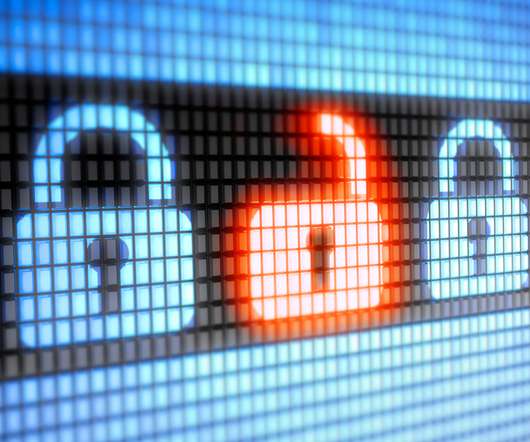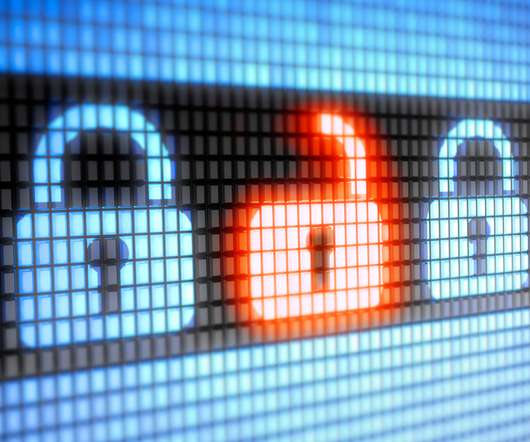MY TAKE: Log4j’s big lesson – legacy tools, new tech are both needed to secure modern networks
The Last Watchdog
MARCH 29, 2022
By no means has the cybersecurity community been blind to the complex security challenges spinning out of digital transformation. I’ve recently had several deep-dive discussions with cybersecurity experts at Juniper Networks, about this. The intensely competitive cybersecurity talent market is partly to blame here.

















Let's personalize your content